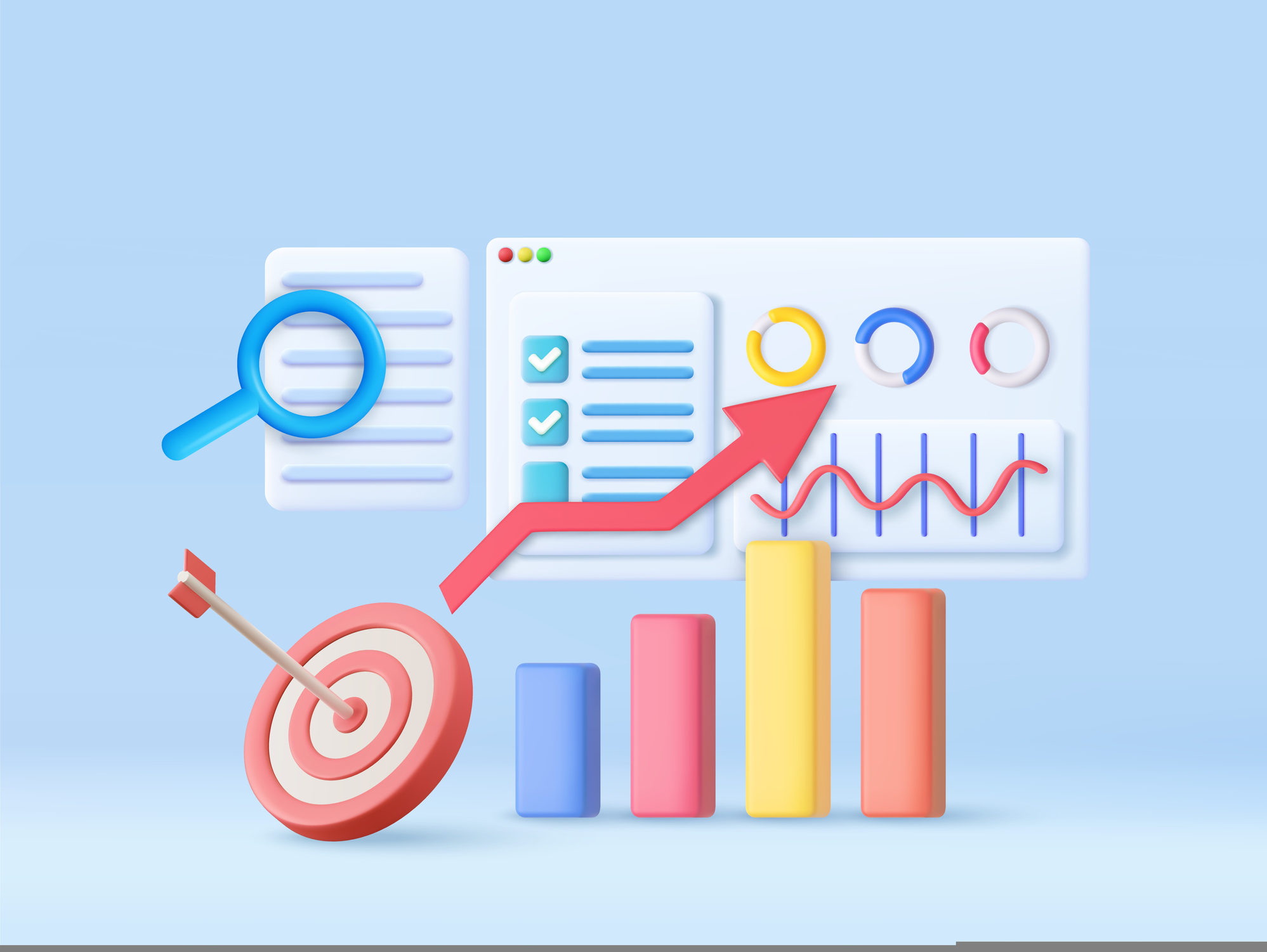Internal links are a fundamental aspect of website navigation and search engine optimization (SEO). They help users and search engines navigate a site by connecting different pages within the same domain. Properly implemented internal linking strategies can significantly enhance a site’s SEO, user experience, and overall site structure. In this guide, we will delve into what internal links are, their importance, and effective strategies and best practices for optimizing them.
What Are Internal Links?
Internal links are hyperlinks that point from one page on a website to another page on the same website. They are used to connect related content, guide users through a website, and distribute page authority throughout the site.
Types of Internal Links
- Navigational Links: These are links found in the website’s menu or sidebar that help users navigate to key pages such as home, about, or contact pages.
- Contextual Links: These links are embedded within the content of a page and direct users to related articles or information.
- Footer Links: Links placed in the footer of a webpage that often lead to important or frequently visited pages.
- Breadcrumb Links: A type of navigational link that shows the user’s location within the site hierarchy, typically appearing at the top of a page.
Why Internal Links Are Important
1. Enhance User Experience
Internal links improve the user experience by guiding visitors to relevant content and helping them find information more efficiently. This can lead to longer session durations and increased user engagement.
2. Improve Site Navigation
By providing clear pathways between related pages, internal links help users navigate a website more easily, reducing the likelihood of users leaving the site due to frustration or difficulty finding information.
3. Distribute Page Authority
Internal links distribute page authority and ranking power across your website. Pages with a high number of internal links are seen as more important and can benefit from improved search engine rankings.
4. Boost SEO
Effective internal linking helps search engines understand the structure of your site and the relationships between different pages. This can enhance indexation and improve the visibility of your pages in search engine results.
5. Increase Page Views
Internal links encourage visitors to explore more pages on your site, increasing page views and reducing bounce rates. This can be particularly beneficial for content-heavy sites like blogs or e-commerce platforms.
Strategies for Effective Internal Linking
1. Create a Logical Site Structure
A well-organized site structure is essential for effective internal linking. Use a clear hierarchy to ensure that important pages are easily accessible from various points on the site. A common structure is the “pyramid” model, where the homepage links to main category pages, which in turn link to subcategory pages and individual articles.
2. Use Descriptive Anchor Text
Anchor text is the visible, clickable text in a hyperlink. Using descriptive and keyword-rich anchor text helps users and search engines understand the content of the linked page. Avoid generic terms like “click here” and instead use specific keywords related to the linked content.
3. Link to Relevant Content
Ensure that internal links direct users to relevant and related content. This enhances the user experience and helps search engines understand the context of the linked pages. For example, link to related blog posts or product pages that provide additional information on the topic.
4. Prioritize Key Pages
Identify and prioritize key pages on your site that you want to rank highly in search engines. Ensure these pages receive a significant number of internal links from other relevant pages. This helps distribute page authority and improve their visibility.
5. Implement a Breadcrumb Navigation
Breadcrumb navigation is a type of internal linking that shows users their current location within the site hierarchy. It also helps search engines understand the site structure and relationships between pages. Implementing breadcrumb navigation can enhance both user experience and SEO.
6. Regularly Update Internal Links
Regularly review and update internal links to ensure they remain relevant and functional. Fix any broken links and update links to reflect changes in content or site structure. This helps maintain a positive user experience and prevents search engines from encountering errors.
7. Avoid Overloading Pages with Links
While internal linking is beneficial, overloading a page with too many links can be detrimental. It can dilute the value of each link and create a cluttered user experience. Aim for a balanced approach, focusing on quality and relevance over quantity.
8. Use Internal Linking Tools
Utilize internal linking tools and plugins to streamline the process of adding and managing internal links. Tools like Yoast SEO and SEMrush can help identify opportunities for internal linking and track the performance of your links.
9. Create a Linkable Content Strategy
Develop a content strategy that includes creating valuable, link-worthy content. This can attract natural internal links from other pages on your site and encourage users to explore related topics. Content types such as in-depth guides, infographics, and how-to articles are often effective for this purpose.
10. Monitor and Analyze Internal Links
Regularly monitor and analyze your internal linking strategy to assess its effectiveness. Use analytics tools to track user behavior, page performance, and the impact of internal links on SEO. Adjust your strategy based on this data to continuously improve results.
Best Practices for Internal Linking
1. Maintain a Balanced Internal Linking Strategy
Strive for a balanced internal linking strategy that prioritizes relevance and user experience. Avoid excessive linking on a single page and focus on creating a clear, logical structure that benefits both users and search engines.
2. Ensure Mobile-Friendly Links
Ensure that internal links are mobile-friendly and provide a seamless experience across all devices. Test your internal links on various screen sizes and devices to confirm that they are accessible and functional.
3. Optimize Link Placement
Place internal links strategically within your content to maximize their effectiveness. Consider positioning links within the first few paragraphs or at natural points where users are likely to seek additional information.
4. Use Internal Links to Boost New Content
When publishing new content, use internal links to connect it with existing pages. This helps the new content gain visibility and can improve its search engine rankings by leveraging the authority of established pages.
5. Create a Comprehensive Internal Linking Plan
Develop a comprehensive internal linking plan that outlines your goals, strategies, and best practices. This plan should include guidelines for anchor text, link placement, and link maintenance to ensure consistency and effectiveness.
FAQ
1. What is an internal link?
An internal link is a hyperlink that connects one page on a website to another page on the same website. It helps users navigate the site and assists search engines in understanding the site structure.
2. Why are internal links important for SEO?
Internal links are important for SEO because they help distribute page authority, improve site navigation, and enhance the user experience. They also assist search engines in understanding the relationships between different pages on a site.
3. How can I use internal links to improve user experience?
To improve user experience with internal links, ensure that they direct users to relevant and related content, use descriptive anchor text, and maintain a clear and logical site structure.
4. What is anchor text, and why is it important?
Anchor text is the visible, clickable text in a hyperlink. It is important because it provides context for the linked page and helps users and search engines understand the content and relevance of the link.
5. How many internal links should I have on a page?
There is no specific number of internal links that is ideal for every page. Focus on quality and relevance rather than quantity, and ensure that internal links enhance the user experience without overwhelming the page.
6. How can I identify key pages to prioritize for internal linking?
Identify key pages by analyzing metrics such as traffic, conversions, and SEO performance. Pages that drive significant traffic or have strategic importance should receive a higher number of internal links.
7. What is breadcrumb navigation, and how does it help SEO?
Breadcrumb navigation is a type of internal linking that shows users their location within the site hierarchy. It helps SEO by providing additional context for search engines and improving the overall site structure.
8. How can I update and maintain internal links?
Regularly review your internal links to ensure they are functional and relevant. Fix broken links, update links to reflect changes in content, and adjust your linking strategy based on performance data.
9. Can internal links affect mobile users?
Yes, internal links can affect mobile users. Ensure that internal links are mobile-friendly by testing them on various devices and screen sizes to provide a seamless user experience.
10. What tools can help with internal linking?
Tools such as Yoast SEO, SEMrush, and Google Search Console can assist with internal linking by identifying link opportunities, tracking link performance, and managing your internal linking strategy.
Get in Touch
Website – https://www.webinfomatrix.com
Mobile - +91 9212306116
Whatsapp – https://call.whatsapp.com/voice/9rqVJyqSNMhpdFkKPZGYKj
Skype – shalabh.mishra
Telegram – shalabhmishra
Email - info@webinfomatrix.com

.jpg)
.jpg)




.jpg)

 English (US) ·
English (US) ·